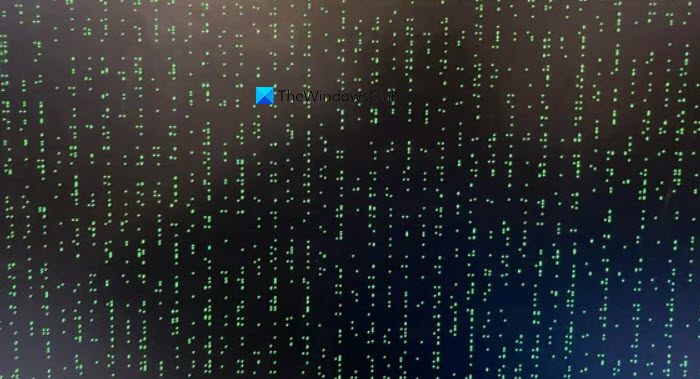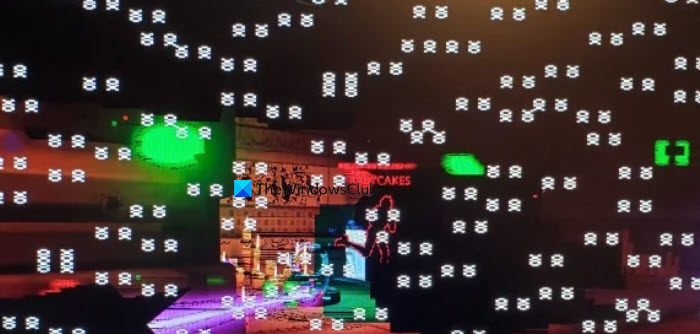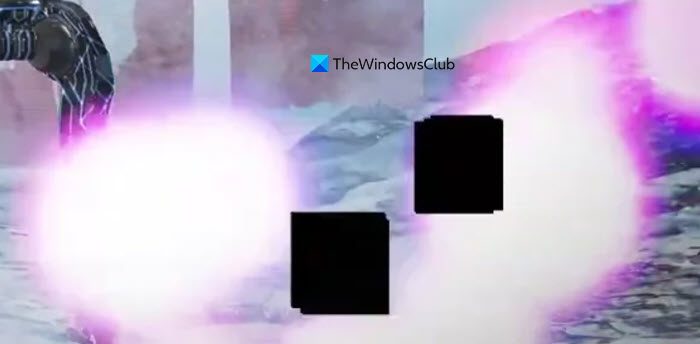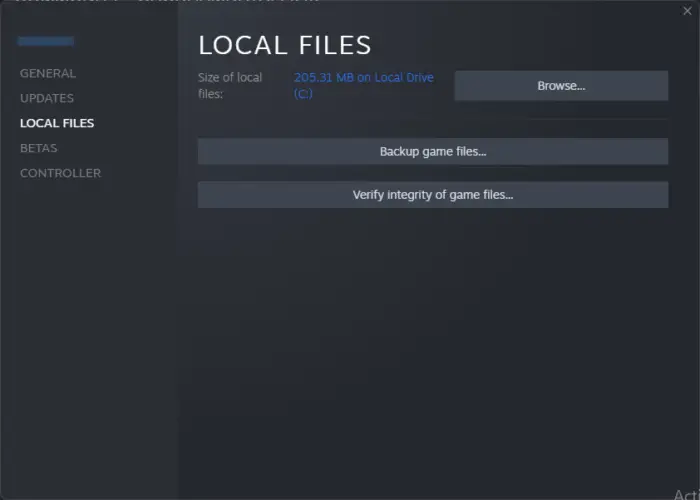Have you ever noticed the large polka dots and some weird streaks forming on your monitor? Well, this distortion of the screen is called GPU Artifcating. In this post, we will see what GPU Artifacting is, its tests, and examples.
What is GPU Artifacting?
GPU Arifacting is the distortion of the images produced by the graphics card. This can be integrated or dedicated. One of the most common causes for this distortion is overheating of the GPU. GPUs can boil up if it does not have proper ventilation. To prevent this, you should keep your GPU cool by cleaning it regularly, ensuring adequate airflow, and using a fan or a liquid cooling system.
You may also experience screen distortion due to overclocking of the GPU as it makes the device unstable and cause errors. Other GPU Artifacting causes include faulty GPU hardware and outdated drivers. More on them later in this post.
Types of GPU Artifacting
The following are some examples and types of GPU artifacting:
- Polka Dots
- Space Invaders
- Streaks
- Bubbles
Let us talk about them in detail.
1] Polka Dots

First of all, let us talk about Pola Dots GPU Artifacting. You will see various dots forming on your screen. They will be red, blue, or green in color and will be static. If you see these polka dots on your screen, shut down your computer and make sure that the GPU is installed perfectly. They are mostly caused by malfunctioning graphics cards or improper installation.
2] Space Invaders

Another example of GPU Artifacting is when users see space invader symbols on their screen. They can either be static or dynamic in nature. Even though this issue is not new, it has grabbed the limelight since the release of NVIDIA’s RTX 20-series Turing architecture graphics cards. The manufacturer has not provided much information about how these cards work, but the RTX cards are likely transmitting some form of raw data from the faulty streaming multiprocessor to the display. If you get this issue, disable overclocking or at least tune it down.
3] Streaks
Now, let us talk about one of the older GPU artifacts, the colored streaks. These are streaks of colors darted horizontally across the screen. This issue is caused when there is something wrong with the GPU’s output and the monitor. In that case, you need to look for the right cable for your monitor. Also, check and make sure that your port is not faulty.
4] Bubbles

Finally, let us talk about bubbles that form randomly on the screen. These colorful visual distortions caused by bubble artifacts usually occur when your computer’s graphics card is under stress, such as when rendering a video or playing a video game. During this, circular orbs that move in sync with the camera’s movement inside a 3D environment may appear.
Even though this issue is usually noticed on dated GPUs, new ones are not immune to it. So, go ahead and clean your GPU and make sure the cooling paste is applied properly. If the problem persists even after cleaning, try lowering the VRAM clock.
Tests for GPU Artifacts
There is not a single test that can determine which part of your system is causing GPU Artifacting, however, we can do a series of tests to find out if all the components responsible for causing this issue and running fine or not. So, the following are the series of tests you need when experiencing GPU artifacts.
- First of all, run the GPU Benchmark test to find out if your GPU is having trouble under heavy load.
- Next, check the GPU temperature and see if it increases when you run the test or experience artifacts next time.
- Connect new cables to a different port to know if they are the ones causing issues.
- Run a different app or game to find out if there is a problem with that particular app.
These are some of the tests you can do to figure out what’s causing the issue.
Read: How to check GPU health on a Windows computer
Fix GPU Artifacting and screen distortion
If you are experiencing GPU artifacts, follow the below solutions to resolve the issue.
- Update your graphics driver
- Disable or delete Overclocking apps
- Improve GPU Cooling
- Repair the game
- Consult a hardware expert
Let us talk about them in detail.
1] Update your graphics driver

First of all, we need to update the display drivers as if they are outdated, we will surely encounter various issues including the one in question. So, follow one of the methods mentioned below to update your display or graphics driver.
- Install Windows Driver and Optional Update from the Settings app
- Go to the manufacturer’s site of your GPU to download the drivers.
- Use a free driver update software.
After updating the drivers, check if the issue is resolved.
2] Disable or delete Overclocking apps
If you have some GPU overclocking apps running in the background, disable them and check if you are still experiencing GPU artifacts. Overclocking GPUs tends to cook the GPU, and as a result, you will notice these weird artifacts. If you are not sure whether you have such an app or not, start your system in Clean Boot. Your computer will start without any third-party services. If there is no GPU artifact, enable these services manually to find out what’s causing the issue.
3] Improve GPU Cooling
As mentioned earlier, GPU artifacts can be due to overheating of the GPU. If you are using a laptop, make sure that it is not placed on a surface that’s blocking the air ventilation. Desktop users should open their CPUs and ensure proper ventilation. Also, probe the condition of the thermal paste. They can dry out over time, if that’s the case, replace them with fresh ones.
4] Repair the game

If you experience artifacts when playing a particular game, verify the integrity of game files.
5] Consult a hardware expert
If nothing works, we must consult a hardware expert and ask them to investigate the hardware. Unfortunately, if a piece of hardware malfunctions, you must replace it.
This should do the job for you.
Read: GPU Scaling vs Display Scaling explained
How to repair GPU Artifacting?
If you notice GPU artifacts, turn off your computer, clean the GPU, and start the device. However, if the issue is not resolved, follow the solutions mentioned in this post.
Also Read: GPU keeps crashing or freezing in Windows PC.
Leave a Reply